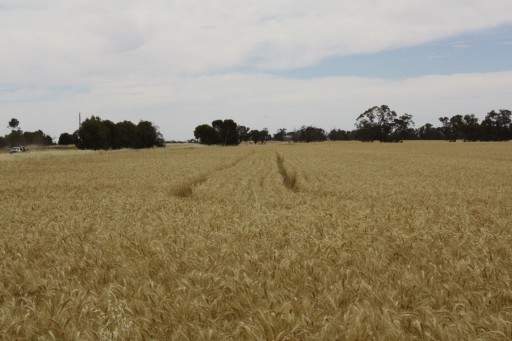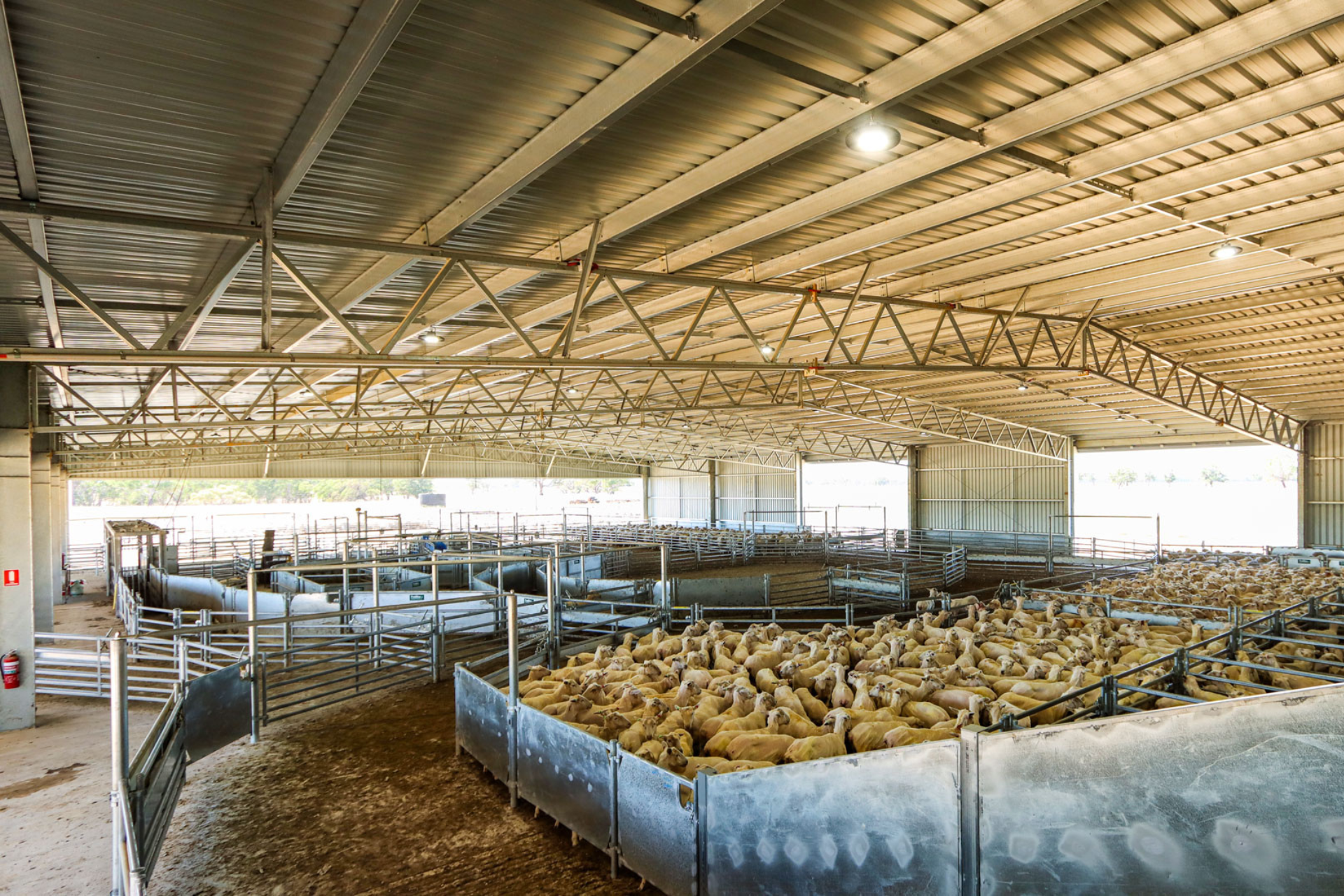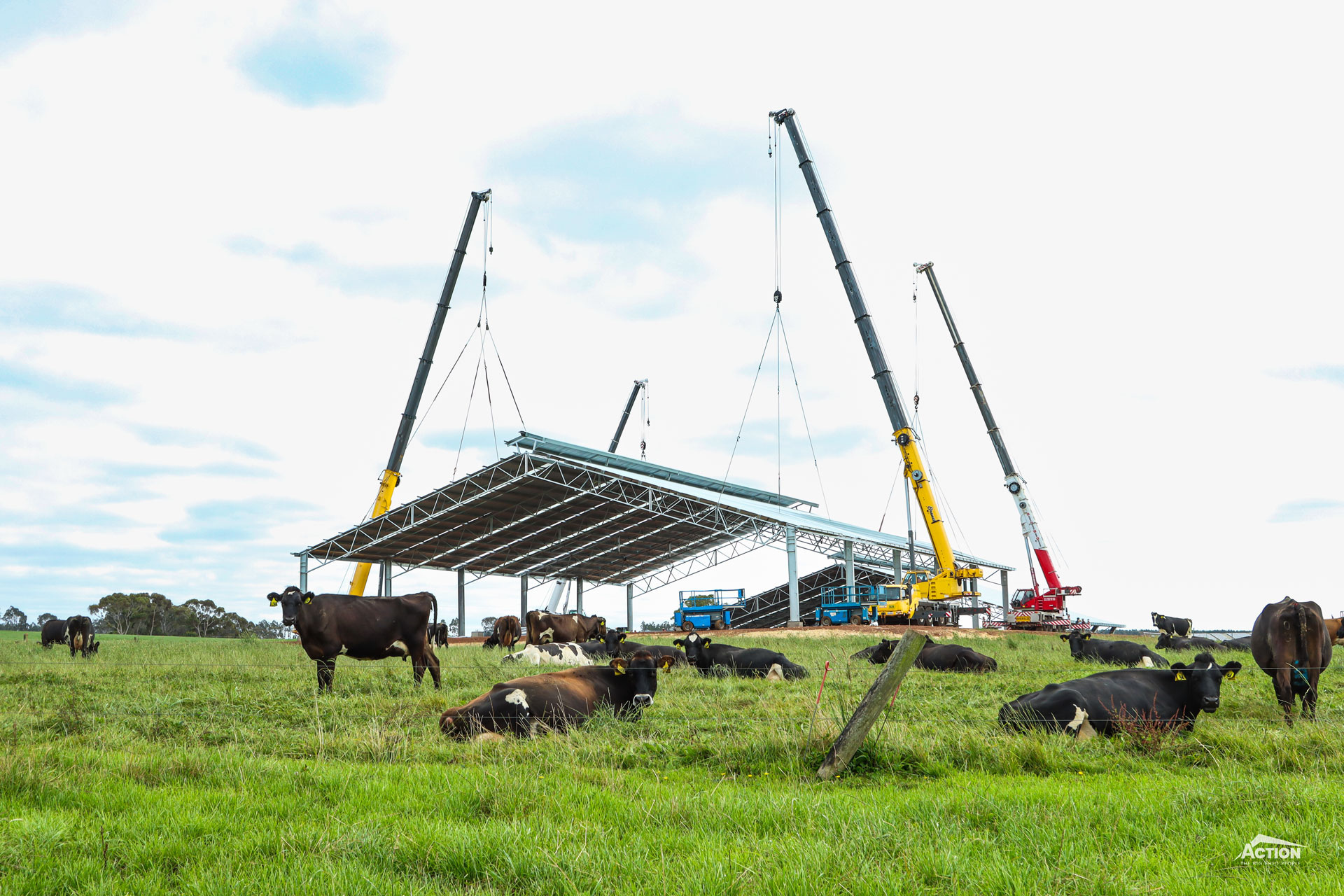In this article we discuss how weather affects grain.
Frost
- Little or no damage will occur to cereal grain in a minor frost as long as it is fully filled and has low moisture content.
- Damage to the seed coat can occur if the temperature decreases or the frost is prolonged.
- Higher moisture content (around 25 to 30%) may prevent germination of the seed in the future.
- A significant or extended frost can hinder grain fill and hence kernels are shrunken. This lowers yield as well as seed quality due to decreased amounts of starch and protein.
- This Feed Central article discusses in more detail how frost damage affects crops.

Rain
- When a sudden drop in temperature is followed by rainfall, barley can split (if the crop is at the dough stage). How does this happen? This splitting occurs after a wax forms on the outside of the grain and the husk begins to harden in warm drying conditions. A drop in temperature causes the husk to quickly harden and any rain that comes is absorbed making the grain swell and split, exposing the starchy endosperm to the weather. The grain allows water to saturate the inside during malting which in turn causes uneven germination and as a result a non-uniform malt.
- While minor damp weather may only have a small impact on cereal seed quality, extended damp weather will bleach the seed coat colour and start downgrading the quality. When this weather continues, the seed coat is weathered and if there is enough moisture within the seed, enzymes are activated starting the germination process. Other issues such as mildew and fungal growth can occur which deteriorates seed quality.
- When rain causes pre-harvest sprouting of grain this results in a loss of seed viability and reduced storage time meaning the crop is unsuitable for malting or sowing.







